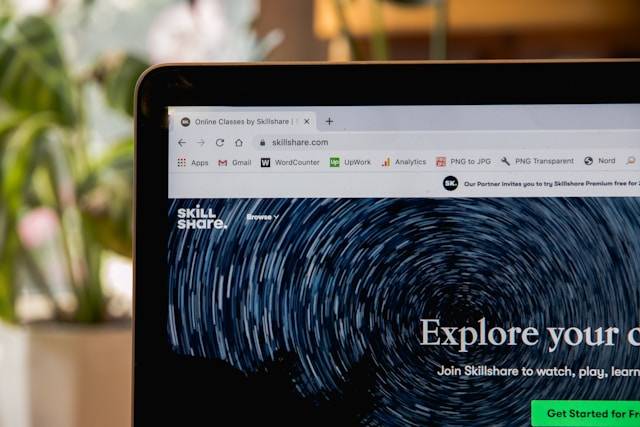Homepage Essentials: What Every B2B vs B2C Website Must Have
Your homepage is the first impression your business makes online. It sets the tone for your brand, guides users to the right information, and can determine whether someone stays or leaves within seconds. But not all homepages should be designed the same way. B2B and B2C audiences have different expectations, motivations, and decision-making styles, so the best homepages speak directly to the mindset of the person viewing them. This is especially true in the age of AI overviews, and AI-driven “answer engines.”
Below is a clear look at what each type of small business homepage needs and how to make your website work harder for you.
Why B2B and B2C Homepages Must Be Designed Differently
A B2C visitor often makes fast, emotion driven decisions. They want convenience, simplicity, and immediate clarity about a product or service. A B2B visitor is usually part of a longer decision-making process that includes research, comparison, budget approvals, and proof of value.
Because the goals are different, the homepage strategy should be different too.
B2B Homepage Essentials
1. A Clear, Value Driven Headline
B2B visitors want to understand what you do and who you help within seconds. Your headline should communicate the outcome you create, not just your service.
Example: “Helping Construction Teams Streamline Project Tracking and Reduce Costs”
2. Subheadline That Adds Context
Use a short sentence to clarify your process or your key advantage.
Example: “Custom software solutions built for contractors across Central New York.”
3. Strong Primary Call to Action
B2B buyers want a friction free next step. Typical CTAs include:
- Schedule a consultation
- Request a quote
- Book a strategy call
- Get a demo
4. Trust and Credibility Indicators
Since B2B decisions involve risk, your homepage should immediately reduce uncertainty by featuring:
- Logos of businesses you work with
- Certifications
- Case studies
- Awards or industry recognition
- Short testimonials
5. Clear Navigation for Complex Information
B2B visitors often explore multiple pages. Your navigation should highlight:
- Services
- Case studies
- About the company
- Resources or blog
- Contact or quote request
Choose clarity over creativity for menu labels.
6. High Value Proof of Results
Case study previews, real numbers, or problem and solution snapshots show what you can do.
Example: “Reduced average onboarding time from 30 days to 10 days.”
7. Educational Content or Resource Highlight
B2B buyers usually want to learn before they contact you. Highlight a guide, checklist, or blog post to show you understand their challenges.
B2C Homepage Essentials
1. A Simple, Benefit Focused Headline
B2C buyers respond best to clear, friendly language that tells them what they get.
Example: “Fresh Syracuse Coffee Delivered To Your Door”
2. Fast, Visual Communication
Photography and visuals matter more to B2C visitors. Include:
- Lifestyle images
- Product photos
- Before and after visuals
- Friendly, warm colors
People should feel something quickly.
3. Prominent Calls to Action
Most B2C homepages use quick decisions, so your CTAs should be easy to find. Examples include:
- Shop now
- Book now
- Browse services
- Start your order
Your CTA should appear more than once.
4. Social Proof That Feels Personal
B2C audiences trust authenticity, especially:
- Customer reviews
- Star ratings
- User generated photos
- Testimonials with names or images
5. Simple, Minimal Navigation
B2C shoppers want fast access to what they came for. Keep navigation light:
- Shop
- Services
- About
- Contact
- Specials or promotions
Avoid overly complex menu structures.
6. Highlight Offers or Popular Items
Feature top products or current offers right on the homepage to reduce decision fatigue.
7. Mobile First Layout
B2C audiences browse heavily on their phones. Your homepage must load fast, scroll smoothly, and have tap friendly buttons.
Which Approach Is Right for You?
Some small businesses serve both B2B and B2C audiences. In that case, your homepage should guide visitors to the right path immediately with a simple choice like:
“For Businesses” or “For Consumers”
The key is understanding who you are speaking to and aligning your message, structure, and visuals to their buying behavior. A strong homepage does not just look good. It makes the right person feel understood, supported, and ready to take the next step.
